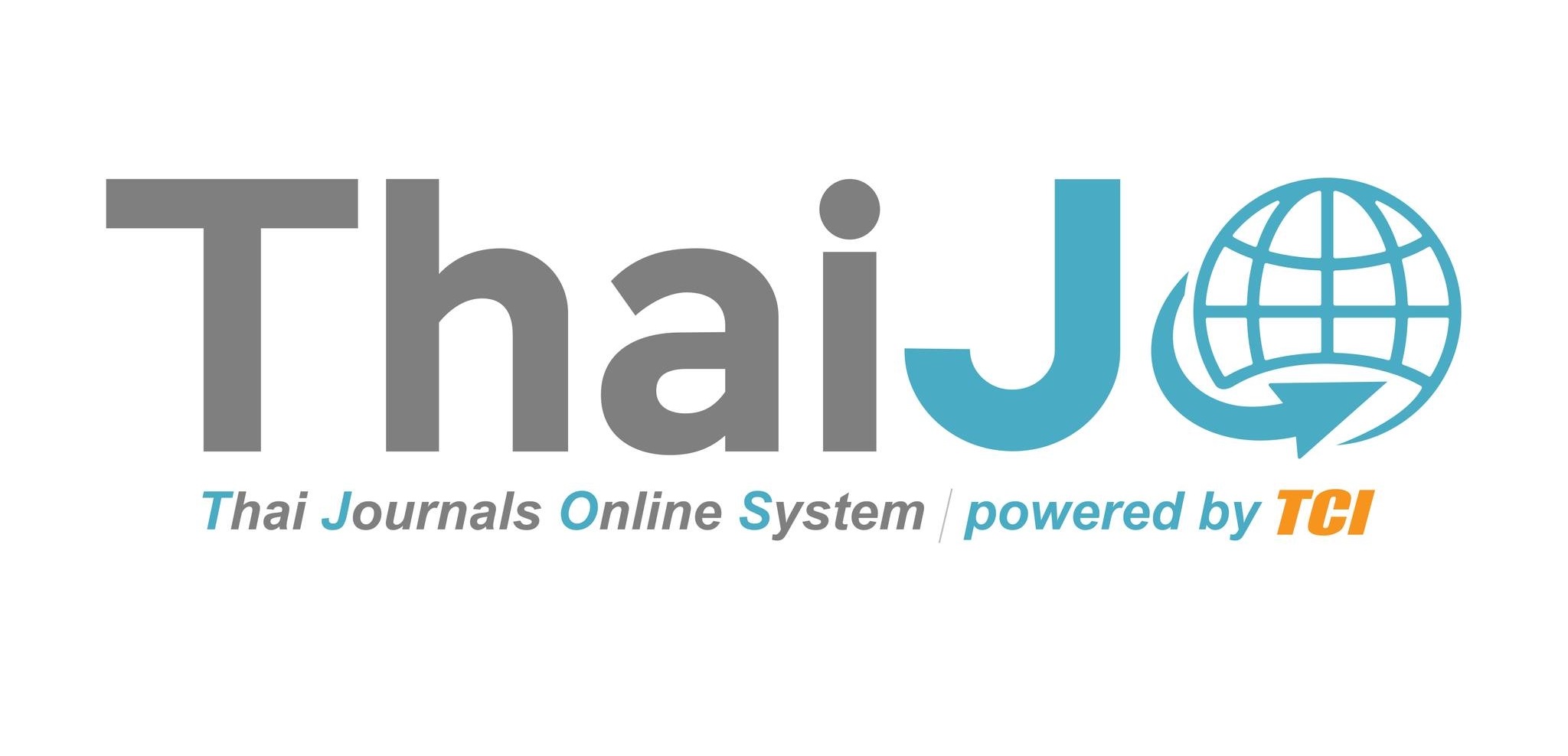Watsadaorattanaram: Buddhist viewpoints for sustainable community development
DOI:
https://doi.org/10.14456/ajld.2024.11Keywords:
Wat Sadao Rattanaram, Buddhist viewpoints, Community development, Participation, Sustainable (BowonAbstract
This article has three objectives: (1) to study the development policies of the Thai monkhood in the present and their impact on community development, (2) to analyze the development of Wat Sadao Rattanaram from 1990 to 2024 and community participation, and (3) to analyze the Buddhist perspective on sustainable community development through the operations of Wat Sadao Rattanaram. The author employed documentary research, observation, and interviews, presenting the findings in a descriptive analytical manner. The study reveals that current development policies aligned with the monkhood include six areas of activity: (1) governance of the monkhood, (2) religious education, (3) dissemination of Buddhism, (4) public utilities, (5) social welfare, and (6) educational support, as part of the reform strategies for Buddhist affairs. Initiatives such as community training for local people and the "Wat Pracha Rat" project were also noted. From 1990 to 2024, Wat Sadao Rattanaram has documented extensive data reflecting its development concepts and management of the temple, villages, and sub-districts. This data has been organized in an online technology system, making it easy to review activities and atmospheres related to innovative development, integrated with local government organizations, educational institutions, and public and private development partners. The temple is aware of universal principles of good conduct, practicing mindfulness meditation based on the Four Foundations of Mindfulness to foster well-being and peace within the community.
References
บวรทุ่งมน. (มกราคม 2560). วัดสะเดารัตนาราม. เล่มที่ 1 ปีที่ 1.
พระครูปริยัติกิตติวรรณ. (2564). “การสร้างและการดำเนินงานเครือข่ายกองบุญคุณธรรมวัดสะเดารัตนาราม ตำบลทุ่งมน อำเภอปราสาท จังหวัดสุรินทร์”. [วิทยานิพนธ์ปริญญามหาบัณฑิต ไม่ได้ตีพิมพ์].บัณฑิตศึกษา: มหาวิทยาลัยมหาจุฬาลงกรณราชวิทยาลัย.
พระมหาวีระ กิตฺติวณฺโณ. (2562). “ความคิด ความฝัน“ยุทธศาสตร์และเป้าหมาย”. ลำดับเหตุการณ์ความคิด กิจกรรม งานพัฒนา. (อัดสำเนา).
พระราชวรเมธี และคณะ. (2560). แผนยุทธศาสตร์การปฏิรูปกิจการพระพุทธศาสนา 2560-2564 “การนำนโยบายสู่การปฏิบัติ”. ม.ป.ท.
Downloads
Published
How to Cite
Issue
Section
Categories
License
Copyright (c) 2024 Academic Journal of Local Development

This work is licensed under a Creative Commons Attribution-NonCommercial-NoDerivatives 4.0 International License.












